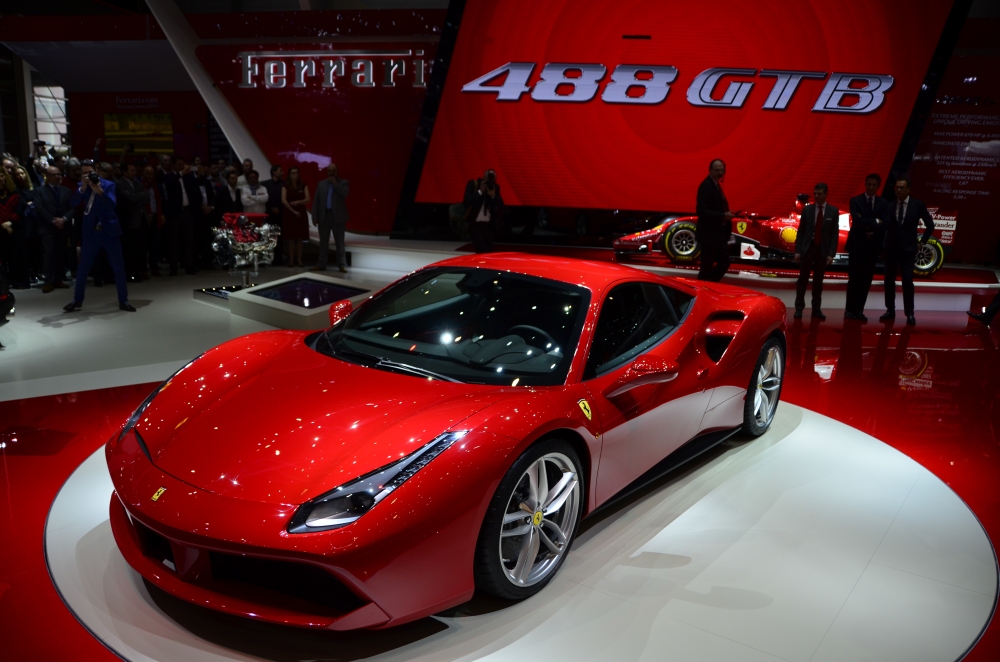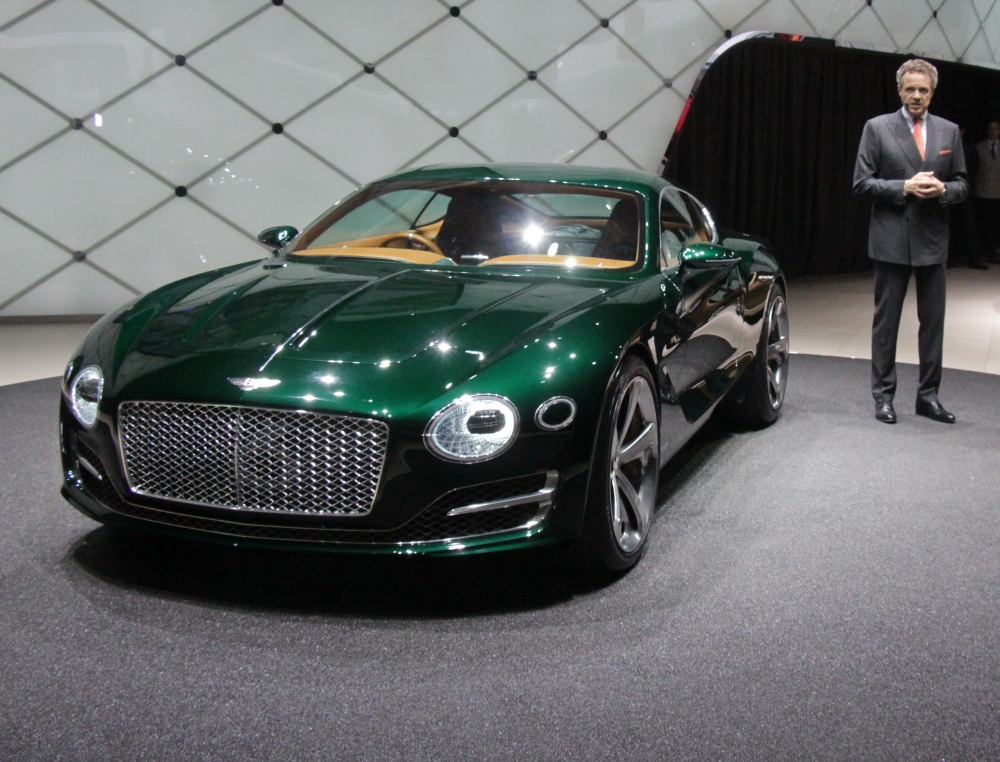Critical Review
The report has made an attempt to write critically an overall review on the process of framing research proposal which include aims, justification, theoretical position and necessary literature review for M47MC research project as a partial fulfillment of M46MC module. Moreover, this report has endeavored to summarize how shall I manage my project and what will be the strategy to carry it out in time. And the outcome of peer review process also would be reflected how this process support me with my research proposal to change for better, achievable, more specific, precise, and realistic.
I have chosen the full dissertation option out of two as M47MC specialist journalism research project under the following title: British Bangladeshi in Birmingham and the use of diaspora media in the context of complex media environment with a view to seeking the answer of the following questions: a) to what extent Bangladeshi community in Birmingham consume diaspora media in the presence of host-land and globally syndicated medias? b) What roles do diaspora media play in the process of negotiating their ethnic/diaspora identities? c) What is the impact of non-diaspora media in this process?
There has been a rapid increase of migration across the world since 1980s. This mass movement are taking place in all directions. ‘’This migration creates new displacement, new diaspora’’ (Brah, 1996:179). Although historically Bangladeshi diaspora started coming in Britain during the British colonial era but changes in immigration law in 1970s encouraged a significant number of Bangladeshi to come in UK. Estimate suggest that as many as 500,000 British Bangladeshi live in UK (Office of national statistics, 2008), and Birmingham has the largest Bangladeshi diaspora of 70,000 outside London (Birmingham mail, 2014). The presence of Bangladeshi and other blacks in Britain has added a new dimension of discussion about culture and identity. It is argued that Bangladeshi are flickering between two cultures because they can neither absorb British culture nor Bangladeshi culture, and they are referred as ‘’coconut’’ means they pretend like white people with brown complexion- same as the outer side of coconut is brown but inner core white in color . Especially, ‘’the young generation those who growing up here is exposed to two culture, one at home and the other at school consequently, experiences culture clash and identity conflict’’ (Brah, 1996:40). Moreover, the main stream and ‘’globally syndicated media constitute a new cultural geography that offers diaspora a new kind of experience’’ (Mainsha, 2009). So, the potential of more colorful, attractive and technologically advanced contents of non-diaspora media and the predominant mainstream British culture to challenge the extent of diaspora media consumption. Therefore, the main purpose of this research is to investigate the extent to which diaspora media is being consumed and the role of it on the ethnic identity and trans-nationalism of audiences in the face of the circumstances of vibrantly present host-land and globally syndicated media. As Hopkins, 2009 cited in (Budaric, 2014) ‘’studies of diaspora and media must extend beyond their preoccupation with transnational and diaspora media and focus on the role of non-diaspora media among migrant groups’’.
However, few key words like culture, identity, trans-nationalism, diaspora, and diaspora media are the basis of my proposed research need to be revealed first from the argument of different scholars. It is commonly known that cultures are never static rather they evolved through history. That is why, Brah (1996:18) argued ‘’the process of cultural production is, in part, a process of cultural transformation’’. He also articulated culture and identity are inextricably linked concept because identity is constituted in and through culture. Georgiou and Silverstone (2007:34) defined diaspora as ‘’they are communities of people originating in a geographical location (often a nation-state) and setting in another’’. They also termed them as transnational cultural communities. However, Genltes-Peart (2014) articulated about diaspora media as ‘’ethnic or migrant media have been widely assumed and accepted as mass media originating from within diaspora communities with the purpose of addressing the immigrant’s cultural and social needs’’.
Although a wide range of literature exist on diaspora and media, but evidence based on Bangladeshi diaspora and diaspora media consumption and its effect on their identities is hard to find. However, Brantner and Herczeg (2013) recommended in their article about the importance of research on the complex relationship between culture, ethnicity, migrants and media ‘’the increasing complexity and diversity of modern western societies, especially regarding culture and ethnicity has led to an increase in scientific research on these issues’’. Kama and Malka, (2013) found ‘’Israeli migrants in USA use homeland media for various psychological and social ends: They are means to persevere connectivity with the home they feel they have never really left and thus can help maintain an intact Israeli identity despite the substantial distance’’. Dakroury (2006) articulated about the substantial consumption of ‘’Egyptian channels and Arab Radio and Television channels by the Arab diaspora communities living in Ottawa, Ontario’’. Whereas Budaric (2013) found in his study that unlike others diasporic group, Iranian in Australia ‘’largely rejected the televisual products from the production house in Southern California and the state media of Iran, and have ambivalent feelings towards diasporic media in general’’. Brantner and Herczeg (2013) mentioned in their findings about the role of ethnic media on the Yugoslavian and Turkeys diaspora in Austria as ‘’Trans-cultural media enable immigrants communities to find entrance into the public sphere, and to communicate with in the various communities of the entire societies. The trans-cultural media products strongly consider immigration and minorities issues and serves as a platform for negotiating values’’. Later, Genltes-Peart (2014) argued about the role of diaspora media in his article on ethnic media and West Indian diaspora as ‘’diaspora media are instrumental to the construction of this space as they are some of the place that provide immigrants use to construct their subjectivities and sensibilities in their new home’’. Reference also can be made to Houssein, (2012), who made a study on the Somalis diaspora in Canada about their media use, and came up with the findings as diasporic media negotiate a double idea: to promote integration of their audiences into the dominant society, whether the integration is civil, political or economic; and to construct and homogenize the community on which they depend. Genltes-Peart (2014) also articulated in his article about the characteristics of the content of diasporic media that ‘’influence and contribute to the formation of identities of diaspora people. Whereas Mainsah (2009) studied the media consumption pattern of Cameroonians diaspora living in Oslo. And in his article, he not only argued about the role of diaspora media but also articulated the role of non-Diaspora media on Cameroonians diaspora as ‘’host-country mass media can serve as a source of social and cultural information. This was portrayed in the way the informants, all of whom were relative newcomers to Norwegian society, reflected on the relationship between the host-country media and the process of adaptation’’. Although Lay and Thomson (2012) did the mapping of Black and Minority Ethnic (BME) in London to know how many titles, channels and stations existed, and to discover the specific BME communities targeted by each but they articulated ‘’it did not cover the media consumed by London’s BME media consumer direct from their countries origins-the diaspora media’’.
The media environment available to Bangladeshi in Birmingham is rich enough, comprising a wide range of print and broadcasting channels from diaspora origin, host-land media and globally syndicated media. So, both the three directional gaze and contra-flow of media theory can be used to analyse the chosen topic. The three directional gaze theory proposed by Serberny (2000) can be employed to analyse how the construction of diaspora identities involved a multi-directional gaze: looking inward to the local context of the host country, backwards to the home country, and all around to the global context, and that the media played a major role in all these process. Simultaneously, the investigation of consumption habit of diasporic media by the Bangladeshi living in Birmingham can also be analysed by the contra-flow theory because this investigation will explore the extent to which they are using diaspora media contents against the dominant flow of media. As Georgiou and Silverstone (2007:33) argued ‘’the mediated communications generated around and by the diaspora group is the key route in to the understanding of the contra-flows of global media’’. Because diaspora and their media have ‘’a key role to play in the development of contra-flows and in the diversification of medias capes outside the (full) control of nation-states and corporate trans-nationalism’’ (Georgiou and Silverstone, 2007:35).
The qualitative research methodology will be used to find the answer of research questions. Therefore the in-depth interview technique will be employed to interview the British Bangladeshi lives in Birmingham in order to gather the relevant data necessary for this research. These interviews will be carried out face-to-face, recorded (with due permission from informants) and transcribed. ‘’In-depth or unstructured interview is one of the main methods of data collection used in qualitative research’’ (Legard, Keegan and Ward, 2003:138). To do so, first I need to manage to access human resources (informants) for interviewing them. In order to generate informants, I will begin by tapping into my own personal contacts those who have been living in Birmingham for last 15-25 years. Then the chain referral process, the ‘’snow ball sampling’’ (Goodman, 1961) method will be used to access the others key-informants. Although I need an audio recorder to record the interviews (subject to the permission), but I can use my smart phone as a recording device instead of recorder from loan shop to avoid borrowing hassle. Moreover, books and literature from the library and from the library online catalog must be needed to engage with theory and for reviewing of literature. Or requisition will be made for required journals and books if it is not available in the library.
I have already submitted my final research proposal with project outline on 29th May. In between first and 15th June I will finish the reviewing of relevant literature and submit my critical review, and also hope to start primary data collection. Data collection will be continued up to 30th of June. However, by this time on 29th June I will have to submit my initial draft, including abstract, introduction, literature review and methodology. After submitting the initial draft, I shall start analyzing the collected data and write the discussion and result between 29th June and 23rd July. And I must submit my final draft on 24th July as it is the dateline. Then I shall do necessary changes of my dissertation according to the feedback given by supervisor and submit it on 15th August.
Mostly, the following two books I should discuss in details because which are very engaged with theoretical position of this study: 1) Media on the Move: Global flow and Contra-flow, edited by Daya Kishan Thussu. 2) Ethnic Minorities and the Media, edited by Simon Cottle. Particularly chapter one: mapping global media and contra-flow by Daya Kishan Thusuu and chapter two: diaspora and contra-flow beyond nation-centrism by Myria Georgiou and Roger Silverstone of the first book deals with the contra-flow of media theory. Whereas chapter eleven, media and diasporic consciousness: an exploration among Iranians in London by Annabelle Sreberny, of the second book postulates the three directional gaze theory.
Finally, I would like to say a great deals of opinion, suggestions and advises from the group peer review process helped me with my research proposal to change for better, more specific, precise, achievable, time constrained and realistic. Basically, the peer review process has taken place through three different fruitful ways like meeting with supervisor, conference and posting of proposal into module forum. At the beginning, when I came up with the idea of research proposal, even I had to struggle with a meaningful title of the proposal. Then I made an appointment with my research supervisor Dr. Fred Mudhai. Initially, the title was ‘’consumption of diaspora media and the cultural identity of British Bangladeshi research, but the title was not fully relevant with the aim and objective of study so, my supervisor advised me to coin a meaningful and more academic title. His effective feedback also guided me to find the right data collection (in-depth interview) and sampling (snow ball) method for my study. Although primarily I came up with the idea of survey to collect the data by serving the close-ended questioners but Mr. Mudhai warned me about the limitations of survey method. However, then I framed the initial draft of proposal with the following title: British Bangladeshi and the use of diaspora media in the context of complex media environment instead of the previous one, and uploaded into the module link for reviewing. At the next week class, the second step, the conference started in the presence of both automotive and global student. Feedback mainly came from both of the supervisor Mr. Andrew Noakes and Dr. Fred. Students also gave their feedback or suggestions on the initial draft in class room conference. However, both supervisor noticed that the theoretical part was almost untouched and weakness of methodology section also. Then I was briefed properly to develop the methodology section specifically how I shall get access the key-informant and required resources. As Girden (1996:6) suggested ‘’ you focus on participants first, who will be tested, how they will be recruited’’. The theoretical position of the study was the part where I really stuck, and could not able to write it before the conference session. However, then I finalize the draft of my research proposal and posted into the Moodle forum for feedback from the members of group. Basically, I received feedback from Xiao Liang, Nicholas William Graziano, James Brodie and Jan Conesa Sagrera one after another. Xiao suggested me to read a book of Stuart Hall on culture and identity. He also gave me link for online reading but everything there was in Chinese language so, then I went to the library for consulting that book. However, it helped me to develop the rationale section of the proposal further. Nicholas asked me to think about the whole England instead of Birmingham. But I replied him with logic that I would be a high ambitious project if I took into account the whole England as it is a qualitative study. ‘’qualitative researchers have to go into the field to gather data by observation and interaction with people from whom they hope to learn’’ (Iorio 2004:6) James came up with the idea of socio-political theory. Although at the beginning I was only moving around the contra-flow media theory but basically after getting James’s feedback I also used the three directional gaze theory to promote and advance my study. Although I did not use the socio-political theory directly as it concerned with the ”relation between state, society and citizens” (Nash, 2010). But his suggestion fosters my thinking, and helped me to find another theory (three directional gaze) related to social science. Finally Jan suggested me to make my plan and schedule more precise, in response to his suggestion I tried to do my estimated timeline more structured.
Reference
Brah, A (1996) cartographies of diaspora: contesting identities. Routledge. London
Brantner, C and Herczeg, P (2013) ‘the life of new generation: contents, values and mainstream media perception of transcultural ethnic media- An Austrian case’ journal of communication 38(2), 211-235
Budaric, J (2013) ‘Localised Audiences and Transnational Media: Media use by Iranian-Australians’. Media international Australia Aug2013, Issue 148, p70-78
Budaric, J (2014) ‘Media and the limits of transnational solidarity: Unanswered questions in the relationship between diaspora, communication and community’ journal of media and communication 10(2) 139–153
Dakroury (2006) ‘The Arab-Canadian consumption of diasporic media’. Journal of international communication 12(2), 35-51
Thussu, Daya Kishan (2007) Media on the Move: Glibal flow and contra-flow. London: Routledge
Gentles-peart, k (2014) ‘Fiwi TV: Ethnic media and West Indian Diaspora’ International journal of cultural study 17(6) 603-617
Georgiou, M and Silverstone, R (2007) ‘Diaspora and contra-flows beyond nation-centrism’ in Media on the Move: global flow and contra-flow. ed . by Thussu, Daya Kishan. London: Routledge, 33-48
Girden, Ellen R (1996) Evaluating research articles: From start to finish. London: Sage publication
Goodman, L.A (1961) ‘snowball sampling’ Annals of mathematical statistics 32(1), 148-170
Houssein, C (2012) ‘Diaspora, Memory and Ethnic media: Media use by Somalis living in Canada’. An international journal of Somali studies 12, 87-105
Iorio, Sharon Hartin (2004) Qualitative Method Journalism in Qualitative Research in Journalism ed. By Iorio, Sharon Hartin. London: Lawrence Erlbaum Associates Publishers, 3-20
Kama, A and malka, v (2013) Identity prosthesis: Role of homeland media in sustaining native identity’. Howard journal of communication 24(4), 370-388
Lay, S and Thomas, L (2012) ‘Ethnic Minorities media in London: transition and transformation’ journal of media culture & society 34(3), 369-380
Legard, R; Keegan, J and Ward, K (2003) In-depth interviews in Qualitative research practice: A Guide for Social Science Students and Researchers. Ed. By Ritchi, J and Lewis, J. London: sage Publication, 138-169
Mainsha, H (2009) ‘Cameroonians in Oslo, diaspora and use of the media’. Nordicom review 30(1), 83-94
Nash, k (2010) Contemporary Political Sociology. Oxford: Wiley-Blackwell
Serberny, A (2000) ‘Media and diasporic consciousness: An exploration among Iranians in London’ in Ethnic Minorities and Media ed. By Cottle, Simon. Buckingham, Philadelphia: Open University Press 179-196





